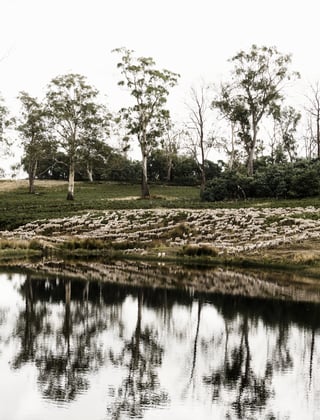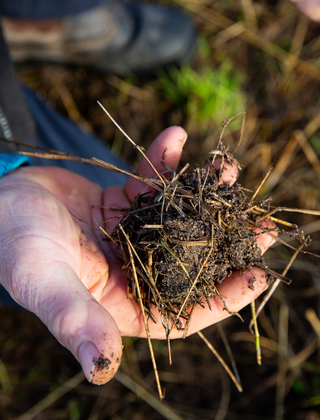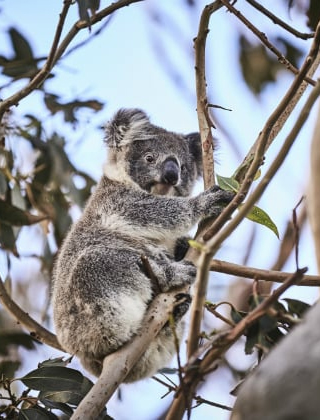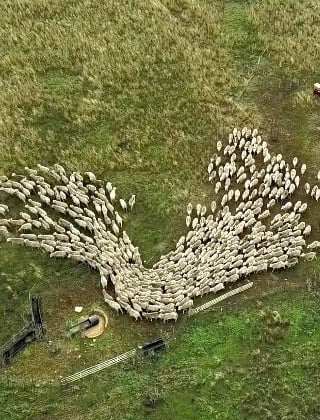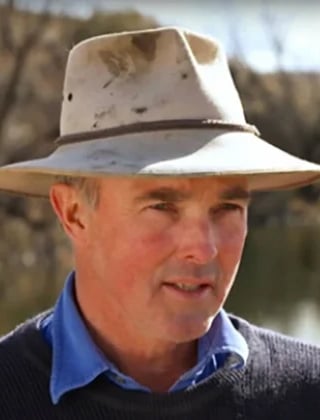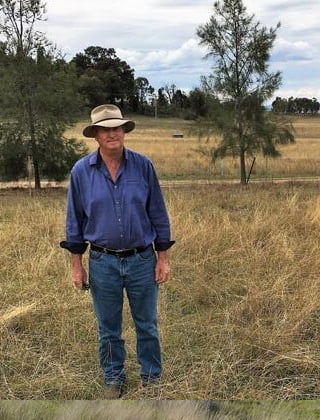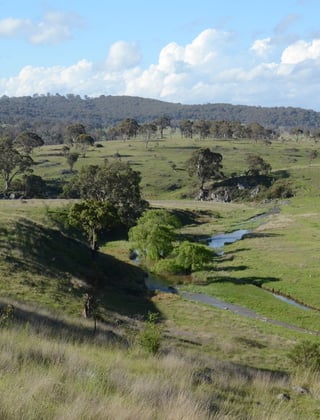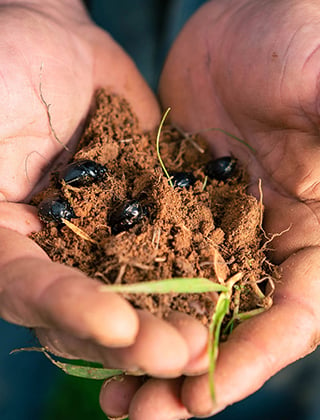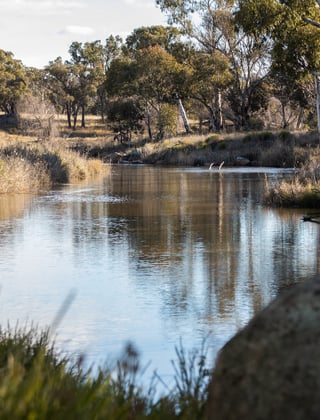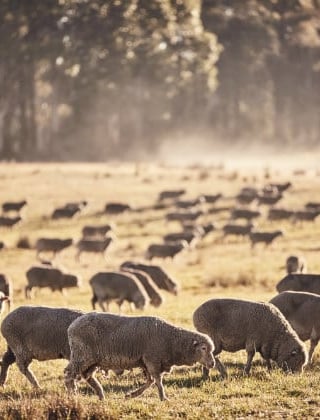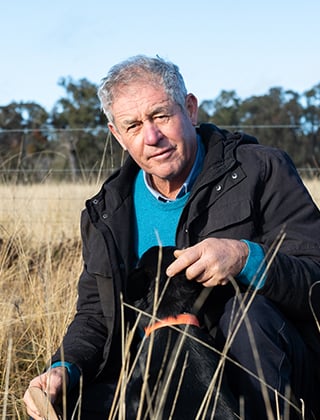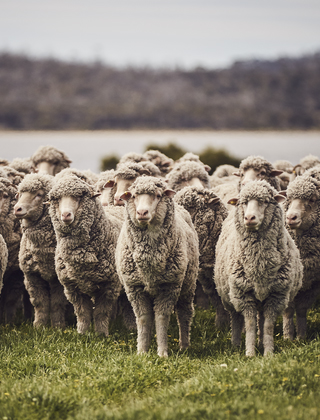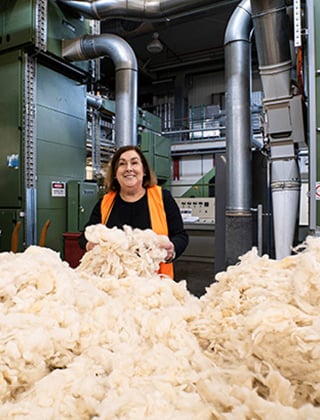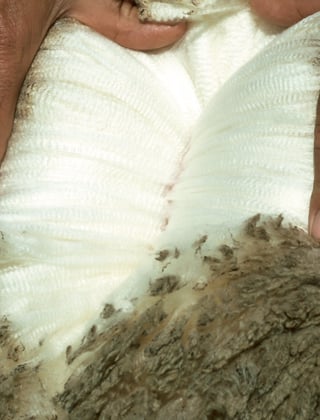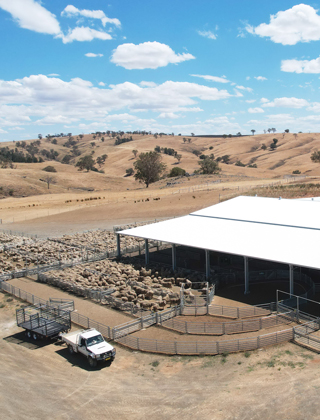Australian Wool Sustainability Progress Report
This report celebrates the outstanding sustainability programs, initiatives and achievements that the Australian wool industry has achieved during the past 20 years.
While these achievements are significant, we also acknowledge ongoing challenges woolgrowers face and the exciting opportunities to further promote their contributions to improving biodiversity, reducing climate impact and building resilience in their farms, communities and in nature.

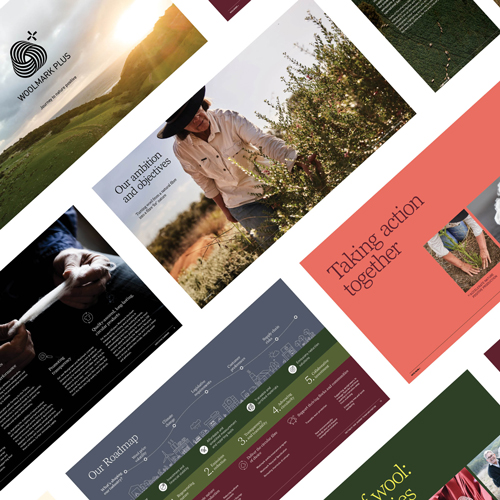
Woolmark+ Roadmap
AWI has developed Woolmark+ - a package of planned and on-going practical initiatives designed to empower woolgrowers and support supply chain partners achieve their sustainability targets.
Woolmark+ aims to future proof wool in response to the increasing consumer and regulatory demands for low-impact products within the fashion and textile industries and along their supply chains. It will help woolgrowers and their customers seize opportunities to safeguard and support global market demand for high-quality wool, and build value for woolgrowers now and into the future.
At its core, Woolmark+ focuses on supporting the livelihoods of woolgrowers in their role as stewards of nature
Discover the initiatives of Woolmark+
From the lab to farm gate and beyond, these initiatives support every step of the supply chain to encourage progress and innovation. Read more on: woolmark.com/woolmarkplus
A March 2025 update on the status of the 13 initiatives in the Woolmark+ roadmap and how woolgrowers can get involved was published in the Autumn 2025 edition of Beyond the Bale. Access the update here.
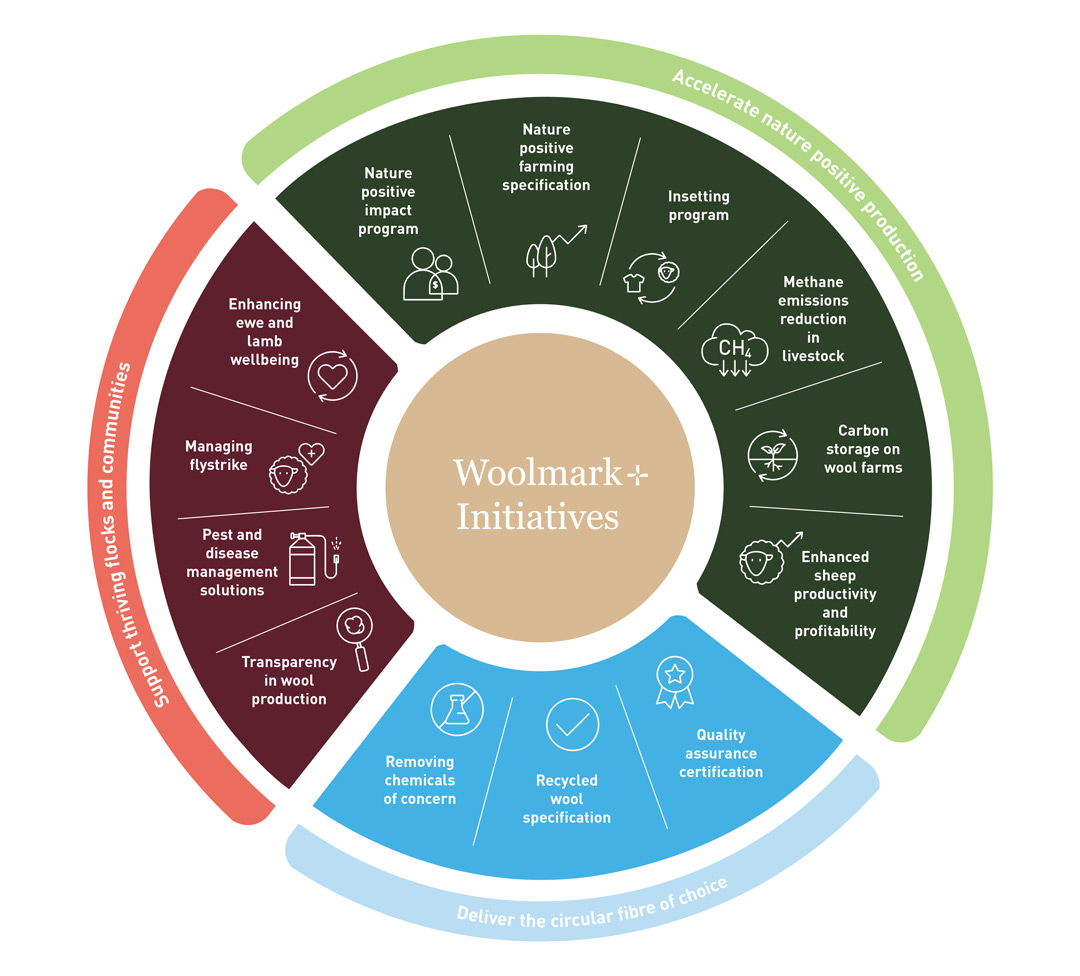
Woolmark+ Australian Wool Insetting Program
The Woolmark+ Australian Wool Insetting Program will help enable Australian woolgrowers to reduce greenhouse gas (GHG) emissions on-farm through insetting.
LEARN MORE
Defending Wool's Eco Credentials: Wear Wool, Not Waste
AWI’s subsidiary, Woolmark, has released the second chapter of its Wear Wool, Not Fossil Fuel global campaign. With a tagline Wear Wool, Not Waste, this powerful campaign and short film frames wool as a transformational solution to fashion’s environmental challenges. Highlighting the issue of plastic clothing, the video - which has had more than 40 million views since its launch - boldly spotlights the inherent properties of wool: natural, renewable, biodegradable and the world’s most recyclable apparel fibre.
The campaign builds on the awareness and education Woolmark has created for Merino wool. It also increases consumer understanding that Merino wool works with nature, whilst highlighting the impact of choosing synthetic clothing.
NATURAL CAPITAL ACCOUNTING
One of our latest on-farm studies has developed a new method of measuring environmental health to enable Australian woolgrowers to track the health of their environment over time.
Read MoreEnvironmental Sustainability
Wool and the Environment
If you're interested in getting involved or have any questions about Woolmark+ contact: woolmarkplus@wool.com






